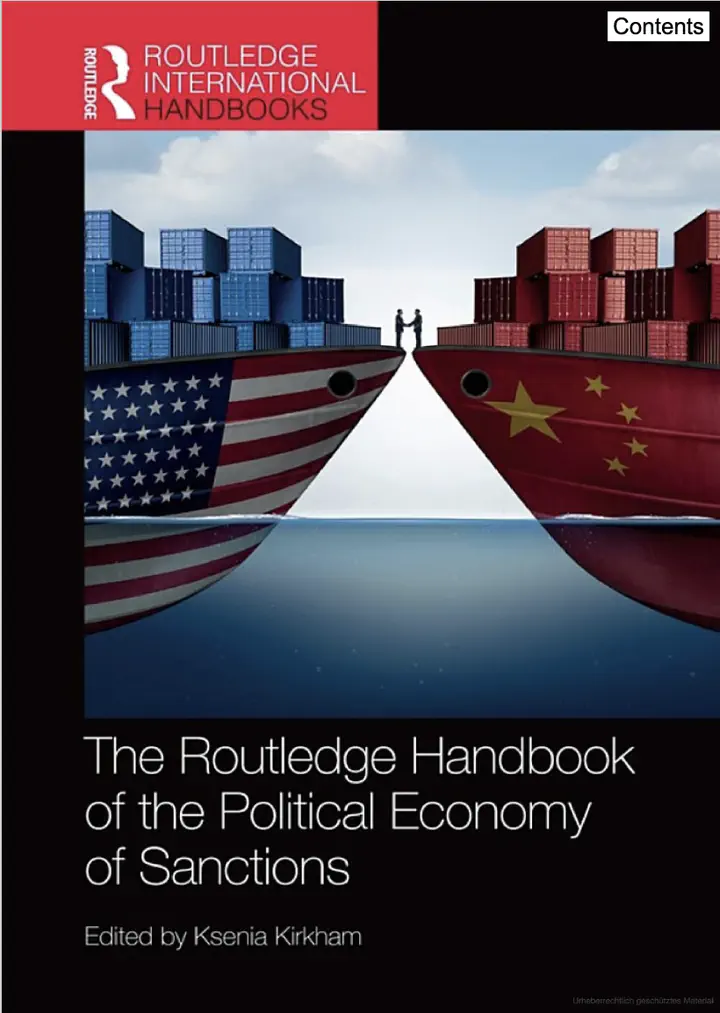 Image credit: Routledge
Image credit: Routledge
Abstract
The termination of sanctions is a ubiquitous but largely understudied phenomenon of international politics. Of the nearly 400 sanctions cases that were in place in 1990 or imposed thereafter, nearly 3 in 4 had been lifted by 2018. As almost all existing research has focused on threatened and imposed sanctions, we lack insights in the political dynamics when these measures are lifted. This is particularly the case for sanctions that have been terminated despite targets resisting the senders’ demands. In response, we conceptualize the protracted process of sanctions termination and conduct an analysis of termination patterns of EU, UN, US and regional organizations sanctions in the post-Cold War era using the novel IST dataset. We compare the commonalities and differences between these sanctions senders and assess how often targeted governments give in or resist their demands. Finally, we address the potential consequences of sanctions termination and how sanctions’ material and signaling properties affect political contestation even after the measures have ended.
Supplementary notes can be added here, including code, math, and images.